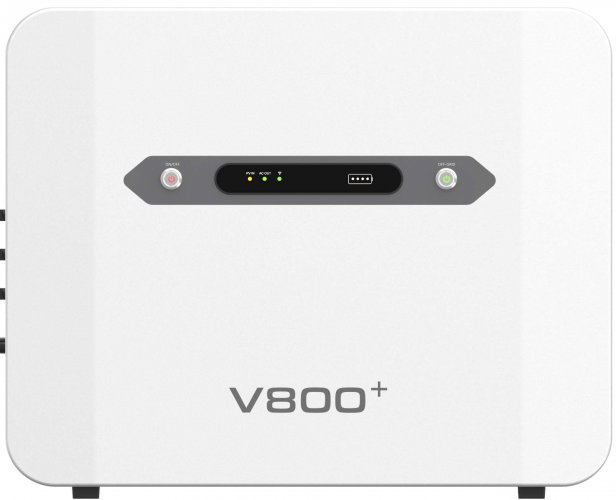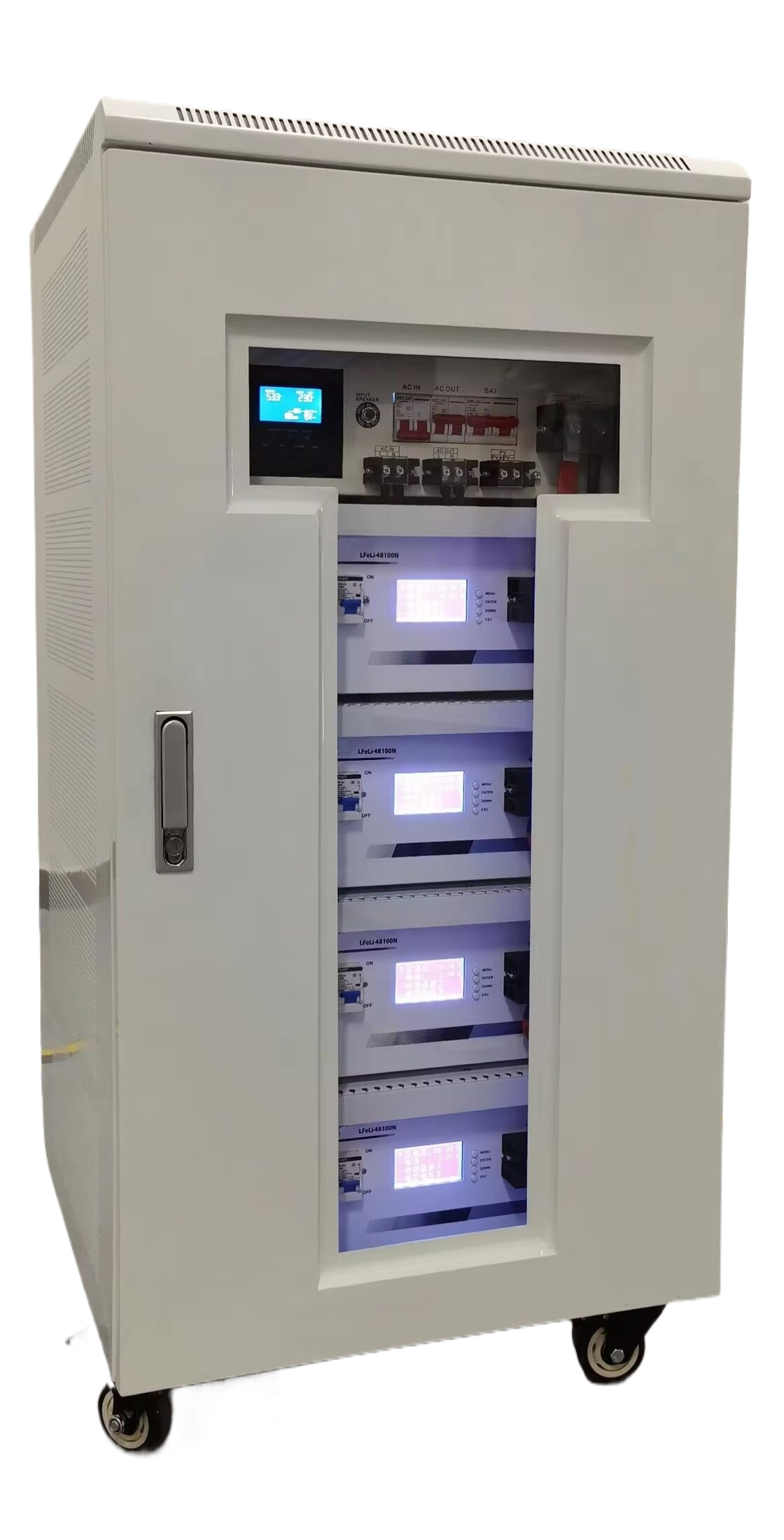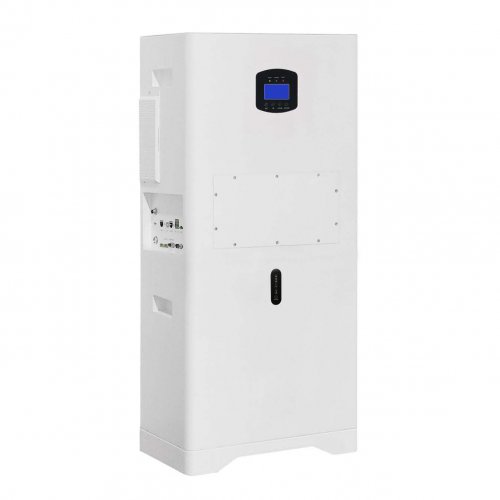How To Use Discharge Rates: A Practical Guide For Battery Management And Performance Optimization
Discharge rates, often quantified as C-rates, are a fundamental concept for anyone working with or relying on battery-powered systems. Understanding and correctly applying discharge rates is critical for predicting performance, ensuring safety, and maximizing the lifespan of batteries in applications ranging from consumer electronics to electric vehicles and large-scale energy storage. This guide provides a comprehensive overview of how to use discharge rates effectively.
Understanding the Basics: What is a Discharge Rate?
A discharge rate defines the current at which a battery is depleted. It is typically expressed as a C-rate, which normalizes the discharge current against the battery's capacity. The 'C' refers to the battery's capacity in ampere-hours (Ah).1C Rate: This means a discharge current that would theoretically deplete the battery's full rated capacity in one hour. For a battery with a 5Ah capacity, a 1C discharge rate equals a current of 5 amps.C/2 Rate: A slower discharge rate, meaning the discharge current would deplete the battery in two hours. For the same 5Ah battery, this is 2.5 amps.2C Rate: A faster discharge rate, depleting the battery in 0.5 hours (30 minutes). For the 5Ah battery, this is 10 amps.
The key principle is Peukert's Law, which states that the effective capacity of a battery (especially lead-acid) decreases as the discharge rate increases. A battery might deliver 5Ah at a C/10 rate but only 4.5Ah at a 1C rate.
Step-by-Step Guide to Using Discharge Rates
Step 1: Identify Your Battery's Specifications Locate the datasheet or specification label for your battery. You need to know its nominal capacity (Ah or mAh) and its maximum continuous discharge rate (often expressed as a C-rate, e.g., "2C" or as a current, e.g., "20A"). Some batteries also specify a "pulse" or "burst" discharge rate for short, high-power demands.
Step 2: Define Your Application's Requirements Determine the current (in amps) that your device or load will draw from the battery. Also, estimate the required runtime or the total energy you need to draw.
Step 3: Calculate the Required C-Rate Convert your application's current draw into a C-rate for your specific battery. `C-rate = Discharge Current (A) / Battery Capacity (Ah)`Example:A 10A load on a 5Ah battery results in a 2C discharge rate (10A / 5Ah = 2).
Step 4: Compare and Validate Compare your calculated C-rate against the battery's maximum continuous discharge C-rate from its datasheet.If your calculated rate is below the maximum, the battery is suitable for continuous use.If your calculated rate is at or near the maximum, expect reduced runtime due to Peukert's effect and increased heat generation. Ensure adequate cooling.If your calculated rate is above the maximum, the battery is unsuitable. Using it risks severe overheating, voltage sag, permanent damage, or a safety hazard. You need a battery with a higher discharge capability.
Step 5: Estimate Runtime Calculate the theoretical runtime, but adjust for real-world conditions. `Theoretical Runtime (hours) = 1 / C-rate`Example:A 2C rate gives a theoretical runtime of 1/2 = 0.5 hours. Important: This is a best-case scenario. Actual runtime will be shorter due to the factors described in the "Tips and Considerations" section.
Step 6: Monitor and Measure In critical applications, use a battery monitor or multimeter to measure the actual voltage, current, and temperature during discharge. This provides real-world data to refine your calculations and protect your equipment.
Practical Tips and Operational Advice
1. Prioritize Battery Health: Consistently operating a battery near its maximum discharge rate accelerates degradation. For longer cycle life, design your system to use an average of 50-70% of the battery's maximum continuous discharge capability. This keeps internal resistance low and heat generation manageable.
2. Understand Voltage Sag: High discharge rates cause a battery's voltage to drop significantly under load. Your device might cut off due to "low voltage" even if significant capacity remains. Always check theloaded voltage, not the open-circuit voltage.
3. Factor in Temperature: Battery performance is acutely temperature-sensitive. Capacity and maximum safe discharge rates decrease in cold environments. Conversely, high discharge rates in hot environments can lead to dangerous thermal runaway. Always operate within the manufacturer's specified temperature ranges.
4. Use the Correct Battery Chemistry: Different chemistries have inherent strengths.LiPo/Li-ion: High energy density and very high discharge rates (some power-oriented cells can handle 50C+).Lead-Acid: Moderate energy density and low to moderate discharge rates. They suffer significantly from Peukert's effect.NiMH: Moderate energy density and discharge rates, better than lead-acid but less than LiPo.
5. Parallel Connections for Higher Current: If you need more current than a single battery can provide, connecting identical batteries in parallel increases the total available discharge current (and capacity). For example, two 5Ah 10A max batteries in parallel can provide 10Ah and up to 20A. Crucially, you must use batteries of the same type, age, and charge state to prevent imbalance.
Important Precautions and WarningsNever Exceed Maximum Ratings: Discharging a battery beyond its specified maximum rate is the fastest way to damage it and create a safety risk. This can cause internal heating, gas generation, venting, and in severe cases, fire or explosion.Implement Fusing and Circuit Protection: Always protect high-discharge battery systems with appropriately rated fuses or circuit breakers close to the battery terminals. This mitigates the risk of a short circuit, which can draw catastrophic current levels.Monitor Temperature: For high-discharge applications, incorporate temperature sensors. Have a system in place to reduce load or shut down if safe temperature limits are exceeded.Respect the Low Voltage Cutoff (LVC): Deep discharging a battery, especially at high rates, causes irreversible damage. Always use a battery management system (BMS) or voltage cutoff circuit to prevent over-discharge.
By meticulously calculating, applying, and monitoring discharge rates, you can unlock the full potential of your battery systems. This practice ensures you select the right battery for the job, achieve predictable performance, and, most importantly, maintain a safe and reliable operation over the long term.
Customized/OEM/ODM Service
HomSolar Supports Lifepo4 battery pack customization/OEM/ODM service, welcome to contact us and tell us your needs.


HomSolar: Your One-stop LiFePO4 Battery Pack & ESS Solution Manufacturer
Our line of LiFePO4 (LFP) batteries offer a solution to demanding applications that require a lighter weight, longer life, and higher capacity battery. Features include advanced battery management systems (BMS), Bluetooth® communication and active intelligent monitoring.

Customised Lithium Iron Phosphate Battery Casing
ABS plastic housing, aluminium housing, stainless steel housing and iron housing are available, and can also be designed and customised according to your needs.

HomSolar Smart BMS
Intelligent Battery Management System for HomSolar Energy Storage System. Bluetooth, temperature sensor, LCD display, CAN interface, UART interface also available.


Terminals & Plugs Can Be Customized
A wide range of terminals and plugs can be customised to suit the application needs of your battery products.

Well-designed Solutions for Energy Storage Systems
We will design the perfect energy storage system solution according to your needs, so that you can easily solve the specific industry applications of battery products.



About Our Battery Cells
Our energy storage system products use brand new grade A LiFePO4 cells with a battery lifespan of more than 4,000 charge/discharge cycles.



Applications in Different Industries
We supply customized & OEM battery pack, assemble cells with wiring, fuse and plastic cover, all the cell wires connected to PCB plug or built BMS.
Applications: E-bike, Electric Scooter, Golf Carts, RV, Electric Wheelchair, Electric Tools, Robot Cleaner, Robot Sweeper, Solar Energy Storage System, Emergency Light, Solar Power Light, Medical Equipment, UPS Backup Power Supply.
We can provide you with customized services. We have the ability to provide a vertical supply chain, from single cells to pack/module and to a complete power solution with BMS, etc.


HomSolar (Shenzhen) Technology Co., Ltd
























